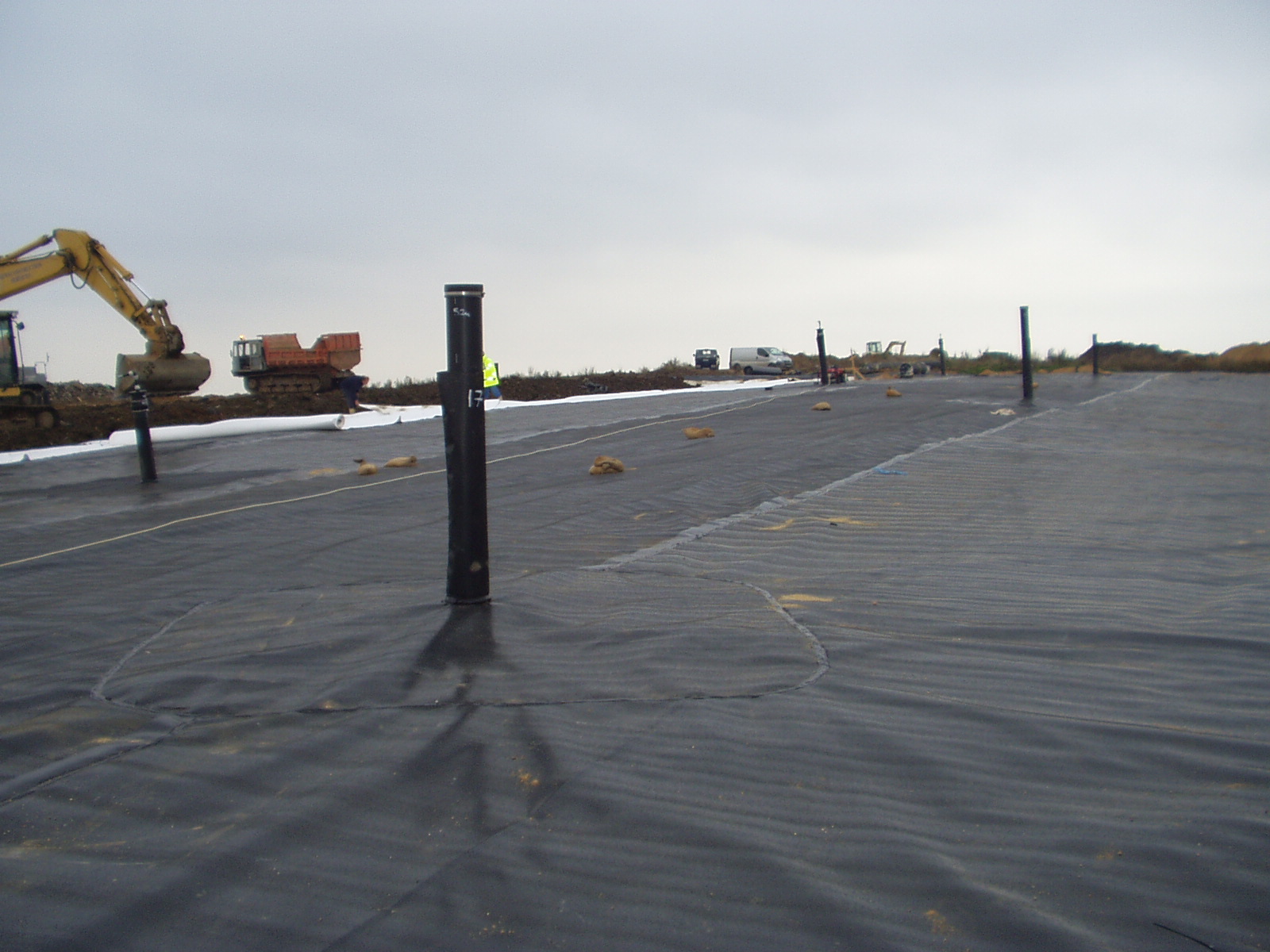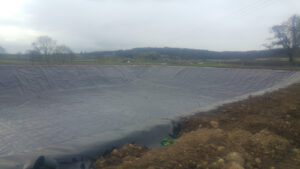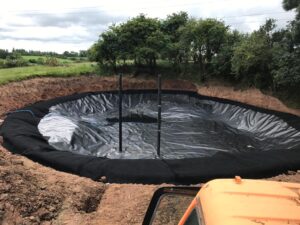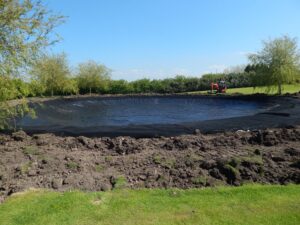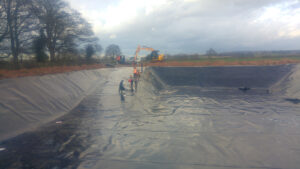High-Density Polyethylene (HDPE) liners in the 1-5mm thickness range are versatile, durable, and widely used in various containment applications. These liners serve as impermeable barriers, providing reliable protection against seepage, leaks, and environmental contamination. L
Understanding 1-5mm HDPE Liners:
HDPE liners are engineered from high-density polyethylene, a robust thermoplastic material renowned for its strength, flexibility, and resistance to chemicals. The 1-5mm thickness range caters to a spectrum of applications requiring different levels of impermeability and durability.
Role and Versatility:
1-5mm HDPE liners act as impermeable barriers, effectively containing liquids and preventing their seepage into the surrounding environment. They find versatile applications in:
Landfill Liners: Used as primary barriers in landfill construction to prevent leachate from contaminating soil and groundwater.
Pond and Reservoir Liners: Employed to line ponds, reservoirs, and water containment structures, ensuring water retention and preventing seepage.
Mining and Industrial Applications: Utilised in mining operations, chemical storage areas, and industrial sites to contain hazardous materials and prevent environmental contamination.
Advantages of 1-5mm HDPE Liners:
Impermeability: The thickness range of 1-5mm provides varying degrees of impermeability, catering to different containment needs.
Durability: HDPE liners offer exceptional durability, resisting punctures, tears, and environmental degradation.
Chemical Resistance: They exhibit excellent resistance to a wide range of chemicals, making them suitable for diverse containment purposes.
Installation Process:
Installation of 1-5mm HDPE liners involves meticulous preparation of the site, including proper grading and smoothing to create a uniform surface. The liners are laid out, seamed or welded together to create a continuous barrier, and anchored securely.
Seaming and Welding Techniques:
Seaming and welding methods, such as heat sealing or fusion bonding, are employed to join individual sheets of HDPE liners, ensuring a watertight and secure seal.
Quality Control and Testing:
Quality control measures, including thickness testing and integrity checks, are conducted during and after installation to verify the liners’ effectiveness and compliance with specified standards.
Environmental Benefits:
The use of 1-5mm HDPE liners contributes to environmental protection:
Preventing Contamination: They safeguard soil and groundwater by preventing the leaching of contaminants.
Water Conservation: Liners in water containment structures help conserve water resources by reducing seepage and ensuring efficient water storage.
Maintenance and Longevity:
Regular inspection and maintenance, such as visual checks for damage or deterioration, ensure the long-term effectiveness and integrity of the liners.
Cost-Effectiveness:
While the initial installation cost may vary, the durability and long lifespan of 1-5mm HDPE liners contribute to their cost-effectiveness over time due to reduced maintenance and repair needs.
In conclusion, 1-5mm HDPE liners serve as reliable and versatile containment solutions, providing essential protection against seepage and contamination in various industries and applications. Their durability, impermeability, and environmental benefits make them integral in preserving environmental integrity and ensuring responsible containment practices across diverse sectors.
To find out more about our products and services and how we can help you, please contact us using the below –
Tel: 01695 228626
Email: enquiries@enviroseal.co.uk

